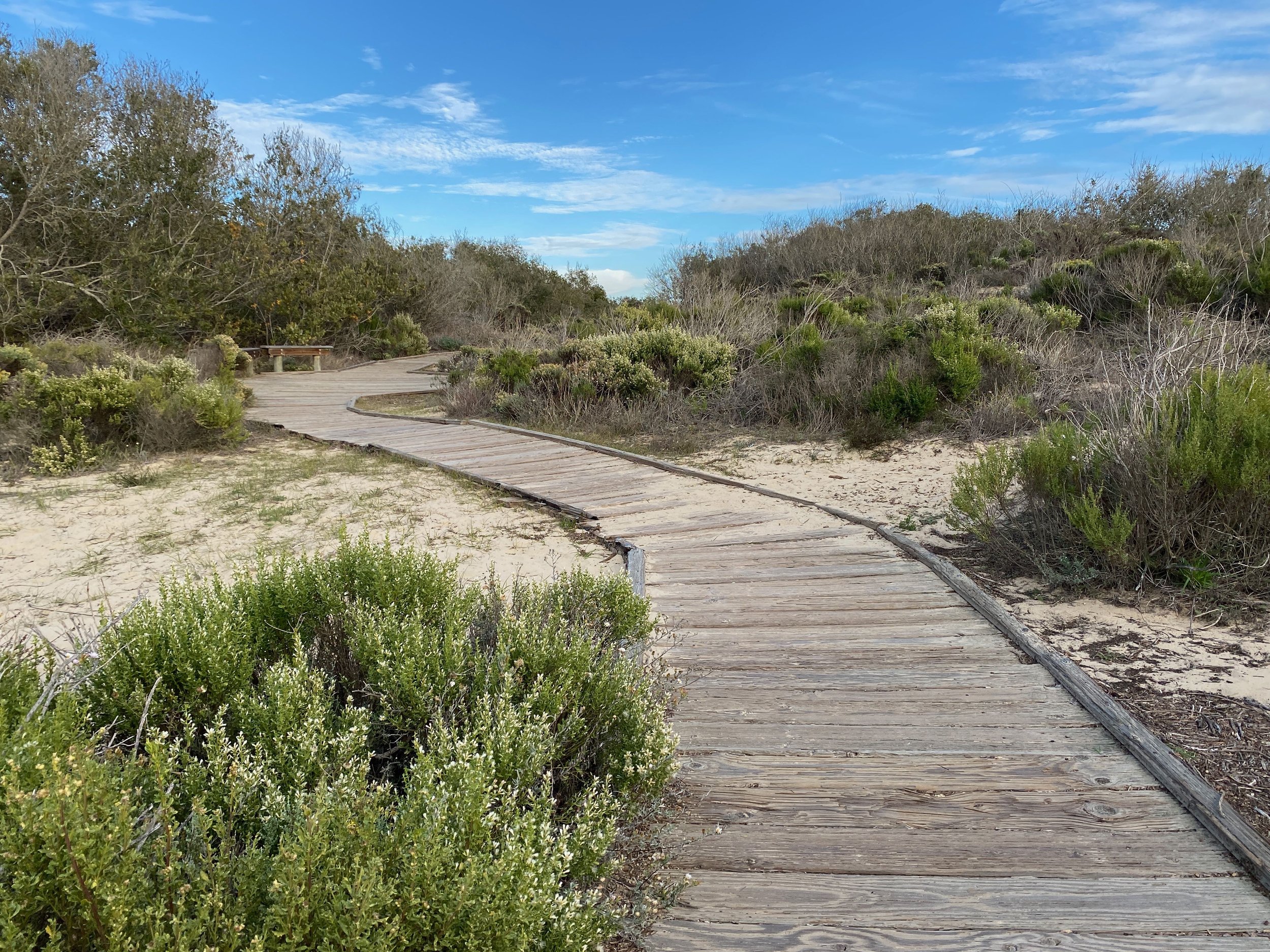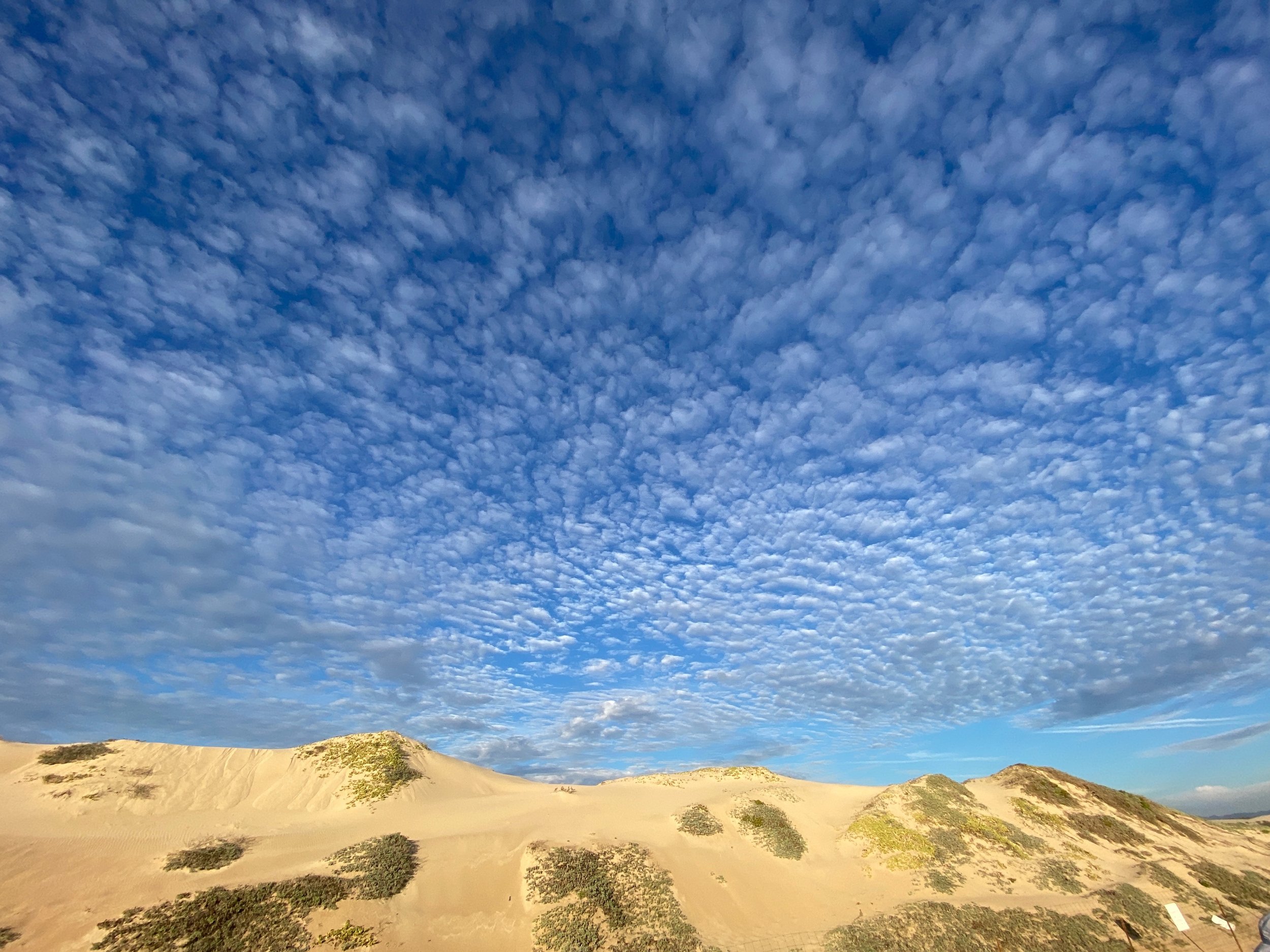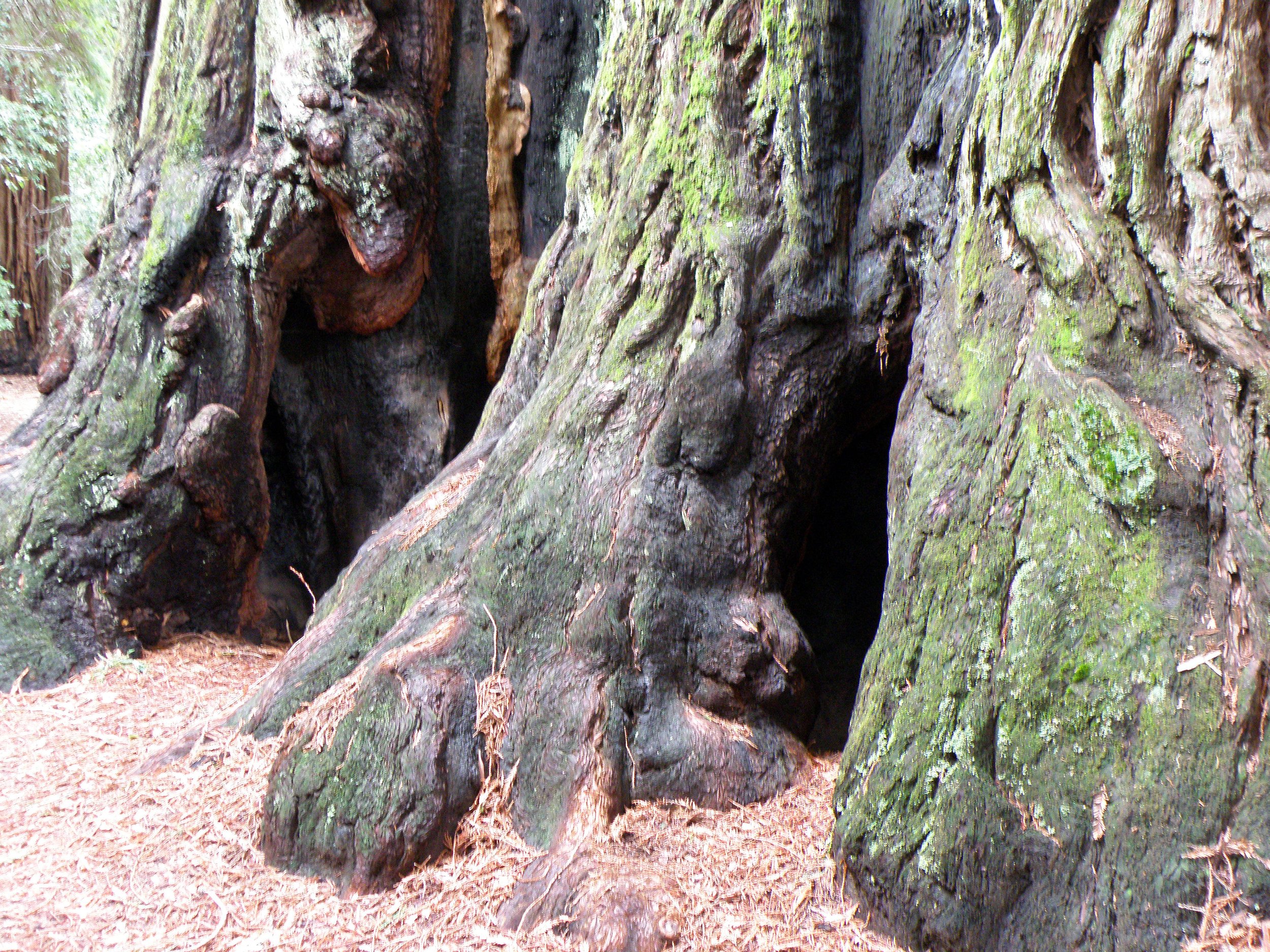
About Ella Young
“Ella Young was a fantastic being.… She had an indescribable force or magic about her.”
Rosalind Sharpe Wall, UC Berkeley student in the 1930s
Few people confirmed my sense of life as a heroic adventure calling for qualities of fierce strength and noble endurance, gentleness toward the weak, and passionate reverence for beauty, in particular the beauty of the living earth—until I met Ella Young.”
Elsa Gidlow, poet, Druid Heights, Mill Valley
Born in 1867, Co. Antrim, and educated in Dublin, Young joined the Celtic Revival, a political and cultural movement opposing British colonialism (1880s-1920s). Irish political organizer "Æ" (George Russell), published her poems. In her memoir, she describes bittersweet conversations with revolutionary leader Patrick Pearse, and her bemused impressions of poet W. B. Yeats long before his Nobel prize. Her friend Maud Gonne created the illustrations for Young’s first books, stories of Irish mythology. The idealism of the Celtic Revival fueled a rebellion and independence, but an ensuing civil war killed or exiled many of Young’s friends. In 1925, she emigrated to the US. She would have been considered an old woman—fifty-eight—without husband or fortune.
The people and landscape of America revitalized her; she found new spirits in the natural beauty of California. For seven years she lectured at UC Berkeley. She was a welcomed guest in the counter-cultural gathering places of Carmel and Big Sur, the “Dunes” of San Luis Obispo County, and The Cats in Los Gatos. She is the likely inspiration behind the name “Druid Heights,” the Marin art colony. In her final home of Oceano, near the Theosophist settlement of Halcyon, she is remembered as the “Godmother of the Dunites.”
She brought from Ireland a concept, cóir, found in Irish stories, sometimes translated as “natural balance.” She taught that the land holds spirits, that you can talk to a mountain, and that humans are part of the planet, not here to dominate it. This connection of ecological consciousness to “cosmic consciousness” was Ella’s message for her time and ours. Her strikingly contemporary message is one that California needs today.
No one who met Ella Young ever forgot her. Young's contemporaries were deeply moved by her passionate reverence for the “beauty of the living earth.” Her influence can be glimpsed in her memoir, Flowering Dusk, in its anecdotes featuring Californian artists, writers, composers, and art patrons: Ansel Adams, Mary Austin, Robinson Jeffers, Elsa Gidlow, John O’Shea, Upton Sinclair, Noel Sullivan, Albert Bender, Edward Weston, Henry Cowell, Gavin Arthur, Mabel Dodge Luhan, Georgia O’Keefe, Dorothy Brett, John Varian, Kenneth Morris, W.W. Lyman, Helen Lyman Hoyt, Sara Bard Field, and C. E. S Wood.
About ten years after her death in 1956, historian James Cain interviewed several of Young’s friends, recording first-hand memories.
Among Cain’s interviewees is photographer and environmentalist Ansel Adams. Young recognized Adams’s genius in the 1920s, and he created Young’s most famous portrait. Adams ended his autobiography with the “mantra” she gave him:
I know that I am one with beauty
And that my comrades are one
Let our souls be mountains
Let our spirits be stars
Let our hearts be worlds
Elsa Gidlow and Druid Heights
In I Come with My Songs, the autobiography of Elsa Gidlow, she describes her friend Ella Young like this:
Ella Young’s whole appearance was of a high spirituality, something bright and translucent shone outward from her. As Colum said, she had the air of an initiate. But there was also earthiness and a quiet strength. No puritanism. She appreciated good wine, well-prepared simple food, the enhancements of life by art and artistry. She not only wrote poetry, poetry singing also through her prose, she lived poetry. It was her conviction that there must be leisure not alone for great thought, noble deeds, but for the aesthetics of daily living—no unnecessary luxury, but a living close to the heart of things. She was not for a moment unaware of our dependence upon all life, the aliveness even of stones, of a pervasive consciousness.
All of this is beautifully expressed in a taped interview which I arranged toward the end of her life. As she grew more frail, her heart weakening, though never her indomitable spirit, I felt there should be recordings of her speaking in her own voice, the most beautiful voice I have ever heard. At the time, KPFA, a remarkable radio station (listener-sponsored) had been founded in Berkeley. I was so impressed with its quality and absence of commercials that I did volunteer work for it, getting to know some of the activists there. I suggested to them that they send someone to record Ella young. As usual, they were lacking in staff, money, or equipment for such an enterprise. If I could bring her to their studio…
She balked at that, travel having become too exhausting. But finally I was able to persuade her to accompany me to my home. KPFA’s excellent commentator, Wallace Hamilton, came to my house with massive equipment and we spent several hours before the fire in my study while she read her poetry.
With the tape on, and myself at the controls in an anteroom, Wally prompted her to talk with a few sensitive questions, seeking an expression of her philosophy. He had read her books and knew what to ask.
Ella was led into a discourse on communicating with trees, mountains, wild animals, and coming into harmony with the spirit of sacred places. With a smile, Wally played it back for her. She was amazed. She had not known that their talk was being recorded. Later, she said to me, “He was such a nice young man, I thought he just wanted to know.” But she was delighted that it was on tape. And so was I, having played it for any number of enchanted listeners. Friends at KPFA later told me it was for years one of their most asked-for programs. As much as anything in her writings, that interview reveals what she simply calls “the kinship with the Earth.” She had that kinship in a profound sense. I have known her, feeling tired or less well, to lie down on the Earth, put herself in touch with its vibrations and rise feeling renewed. —Elsa Gidlow, I Come with My Songs
Elsa Gidlow bought a property in Marin County in 1954 where she established an “unintentional community.” She named it Druid Heights, in homage to Ella Young and the people drawn to it. After her death, she intended for her land to become a retreat for women writers, but the property was added to the national park system via eminent domain. Work is currently underway to declare Druid Heights a national historic district.

Halcyon, Oceano, the Dunites
Druid Heights is one of many counter-culture experiments in California. These idiosyncratic communities of outcasts now fascinate their spiritual descendants with the scraps of writing and art that survived. The houseboat village of Salsalito was a similar community of moneyless artists. Ella Young herself eventually settled in Oceano, near the Theosophist settlement of Halcyon in San Luis Obispo county.
Ella Young was respected and valued by her neighbors; you can listen to a radio programme from KPCC here: How the Dunites Created a Secret Utopia Among the Oceano Dunes . Halcyon remains a Theosophical community to this day, with its own influences in California. For example, two brothers (boys in Ella’s day) grew up to found the early Silicon Valley electronics company Varian Associates. This is only one example of the large story of how bohemian and counter-cultural movements are the foundation of California’s innovative prominence.
Ansel Adams
Ella Young recognized Ansel Adams talent early, and was instrumental in funding the publication of his first collection; photographs of Taos, illustrating a book by Mary Austin. In 1966 Independent researcher James D. Cain recorded interviews with Adams and other friends of Ella Young. His son has made these recordings available on the Internet Archive. He talks about ,eeting Ella Young at parties in San Francisco 1929, traveling with Georgia O’Keefe in Taos, Ella Young’s Visual Transference, and Ella’s legacy.
In the interview Adams mentions “The Shasta Fellowship” but stops himself from saying more because Cain, the interviewer, hadn’t already been told about it by another interviewee, Gavin Arthur. Adam’s tone is a half in jest, but apparently he was a man to keep an occult secret. A transcript of this interview, and many others, is available in eBook and paperback in Ella Young Remembered.
Fellowship of Shasta and the Creation
of Neo-Paganism in California
The Shasta Fellowship is an early influence on modern pagan practices in California.
Anyone who has visited Mount Shasta might be inspired to found a religion, and
Ella Young and her friends were no different. She adapted the rituals and regalia from
The Fellowship of the Four Jewels, founded on May 1, 1916, in memory of their friends
who had died in The Rising only a few weeks before.
Subsequent scholars on the origins of modern pagan religions have traced
well-known practices in many pagan traditions in California to the Shasta Fellowship.
In particular, the adoption of a calendar with eight holidays, four solar observances of
solstice and equinox, and four “quarter days” celebrated between those solar events.
As historian Roland Hutton writes:
Thus, the quarter days, which have always been celebrated as important feasts in Gaelic areas of Britain and Ireland, were brought to California as the key festivals of an Irish mystical society founded in the early twentieth century. This was the Fellowship of Shasta, imported into America by one member whose followers remained active—although hardly noticed—until the 1960s.
Modern Pagan Festivals: A Study in the Nature of Tradition by Ronald Hutton
Early pagan liturgist Aidan Kelly wrote that it was Ella Young’s Irish occult traditions that were one of the many academic sources for neopagan practices in the Bay Area. He writes in Pathos:
The Fellowship of the Four Jewels was founded on May 1, 1916, by Ella Young, William Butler Yeats and his beloved Maeve (Maude Gonne), A.E., and others of the spiritual leaders of the movement for Irish freedom, in memory of those who had died in the Easter Sunday uprising only a few weeks before. The leaders had been summarily executed by the British; one of them was Major John McBride, Maude’s husband. …
I knew some about Ella Young; I had listened to her commentaries on the radical radio station KPFA when I was in high school. Now I learned that when she came to America, she brought the Fellowship of the Four Jewels with her, and here transmuted it into the Fellowship of Shasta, with the same four feasts to represent the Four Jewels of Irish myth: the Spear of Lugh, which ensured victory (Feb. 1); the Stone of Fal, which shrieked under the lawful king (May 1); the Sword of Nuada, from which none could escape (Aug. 1); and the Cauldron of the Dagda, from which none would come away unsatisfied.
Among these papers was a testament written by Gavin Arthur on the Feast of Brighid 1970. It said:
In a night-long conversation I had with Ella Young in her cottage in Oceano where she died a few weeks later, she asked me to carry on this Fellowship. . . She and I and others celebrated all four feasts in the dunes of Oceano, 1931 through 1935, and off and on thereafter until she died, July 23, 1956, in Oceano. Her ashes were scattered in the Lyman Canyon behind the Old Bail Mill between St. Helena and Calistoga, and there I started celebrations of the four Feasts from 1960 on.
Pathos, (October 2021) Before the Gardnerians: The Fellowship of the Four Jewels and the Church of Aphrodite.
The scattering of Ella Young’s ashes is described in an interview with her friend and executor, Jane Thompson. You can listen to her tell the story of that early occasion of California neo-pagan ritual in the interview by James Cain preserved on the Internet Archive. A transcript of this interview, and many others, is available in eBook and paperback in Ella Young Remembered.
Redwood League
Ella formed a strong attachment to redwood trees after encountering them, and gave the royalties of her most successful book, Celtic Wonder Tales, to the Save the Redwoods League.
Irish Studies, UC Berkeley
Berkeley Fell for Irish Druid
Young fell in love with Berkeley and Berkeley loved her back. She adored the college town, especially its exotic flora, breathtaking views, and student culture. Ella quickly inspired a cult-like following in California. A striking woman, she cut a dramatic figure with a noble forehead and face that seemed to shine with an inner light. She lectured in what she considered the traditional purple robes of a Druid bard, which she called her “reciting robes,” to visually portray an authentic Irish identity. She let her shoulder-length silver hair hang free and instead of shaking hands when introduced, she raised her hands high in the ancient druid greeting. Poet Padraic Colum compared her to the ancient “women who knew the sacred places and their traditions, who knew the incantations and the cycles of stories about the Divine Powers, and who could relate them with authority and interpret them wisely. . . She speaks of Celtic times as if she were recalling them.” A gifted speaker, Ella held her listeners spellbound with the heroic myths and sagas told in her lilting Irish voice – the voice of the bard, a keeper of the ancient teachings of her ancestors.
Forgotten Chapters of Department History: #1 Ella Young’s Lectureship
by Kamila Kaminska-Palarczyk The first woman to hold an endowed lectureship in the English Department was a celebrity. She entered the department through the Celtic Studies program, the first degree-granting program of its kind in the country, created in 1911. Two decades later the program appointed Irish writer Ella Young as the Phelan Memorial Lecturer in Celtic Mythology and Literature. … Continue reading
Read More
Ella Young and Her World: Celtic Mythology, The Irish Revival And The Californian Avant-Garde (Irish Research), Dorothea McDowell
Ella Young: Irish Mystic and Rebel, Rose Murphy
At the Gates of Dawn: A Collection of Writings by Ella Young, edited by John Matthews and Denise Sallee


